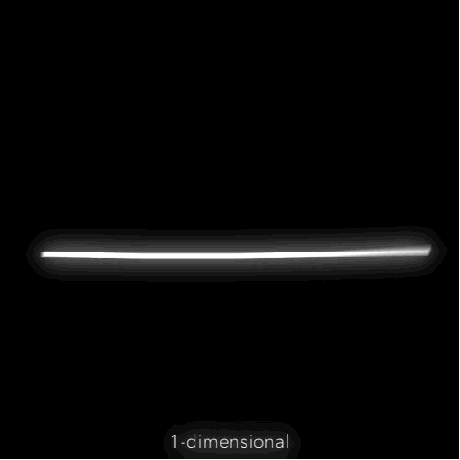1-A: Transcendent
Characters or objects that functionally transcend the rest of the Tiering System. These characters are completely transcendent to even those that have absolute power over a single infinite hierarchy of levels of infinity.
Low 1-A: Low Outerverse level
Characters or objects that can affect structures with a number of dimensions greater than the set of natural numbers, meaning in simple terms that the number of dimensions is aleph-1 (An uncountably infinite number, assumed to be the cardinality of the real numbers themselves), and therefore that such objects fully exceed
High 1-B structures, which have only a countably infinite number of dimensions. More information on the concept is available on
this page.
Note that, if the
High 1-B structure in question is a hierarchy of levels of existence, then simply being at the top of such a hierarchy does not qualify a character for this tier without more context, and an additional layer added on top of the "infinity-th" level of this hierarchy is likewise not enough. To qualify as an equivalent of the above description, they need to surpass the hierarchy as a whole, and not simply be on another level within it.
1-A: Outerverse level
Characters or objects that can affect structures with a number of dimensions equal to the cardinal aleph-2, which in practical terms also equals a level that completely exceeds
Low 1-A structures to the same degree that they exceed
High 1-B and below. This can be extrapolated to larger cardinal numbers as well, such as aleph-3, aleph-4, and so on, and works in much the same way as
1-C and
1-B in that regard. Characters that stand an infinite number of steps above baseline
1-A are to have a
+ modifier in their
Attack Potency section (
Outerverse level+).
High 1-A: High Outerverse level
Characters or objects that can affect structures that are larger than what the logical framework defining
1-A and below can allow, and as such exceed any possible number of levels contained in the previous tiers, including an infinite or uncountably infinite number. Practically speaking, this would be something completely unreachable to any
1-A hierarchies.
A concrete example of such a structure would be an
inaccessible cardinal, which in simple terms is a number so large that it cannot be reached ("accessed") by smaller numbers, and as such has to be "assumed" to exist in order to be made sense of or defined in a formal context (Unlike the standard aleph numbers, which can be straightforwardly put together using the building blocks of set theory). Even just the amount of infinite cardinals between the first inaccessible cardinal and aleph-2 (Which defines
1-A) is greater than cardinals such as aleph-0, aleph-1, aleph-2, aleph-3, etc., and even many aleph numbers whose index is an infinite ordinal..







